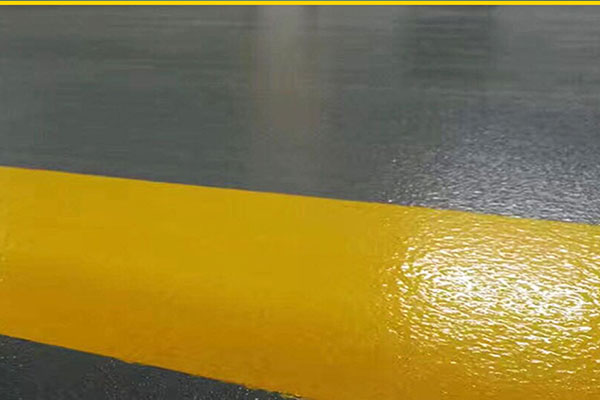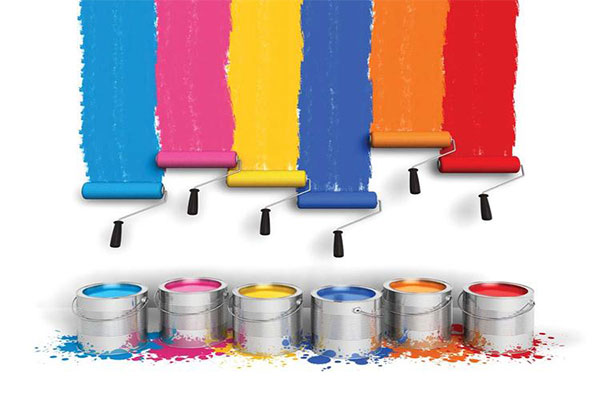What is the Difference Between Traffic Paint and Regular Paint?
When it comes to painting, not all paints are created equal. Different applications require different types of paint to ensure the best results. One common distinction is between traffic paint and regular paint. These two types of paint serve distinct purposes and have unique properties that make them suitable for their intended uses. In this article, we will explore the key differences between traffic paint and regular paint to help you make informed decisions for your specific projects.
Traffic Paint

1. Composition:
Traffic paint is specifically formulated for road and pavement marking applications. It is engineered to withstand heavy traffic and adverse weather conditions. Traffic paint typically consists of high-quality acrylic or alkyd resin, pigments, and specialty additives. These additives enhance durability, adhesion, and reflectivity, making it ideal for road markings.
2. Durability:
One of the most critical differences between traffic paint and regular paint is durability. Traffic paint is designed to withstand constant vehicle and foot traffic. It is also engineered to endure exposure to harsh environmental conditions, including sunlight, rain, snow, and extreme temperatures. Regular paint, on the other hand, is not built to withstand such stresses.
3. Reflectivity:
Safety is paramount when it comes to road markings. Traffic paint often contains reflective glass beads or microspheres that enhance visibility at night. This feature ensures that road markings are easily seen by drivers even in low-light conditions. Regular paint lacks this reflective property, making it less suitable for safety-critical applications.
4. Fast Drying:
Traffic paint is formulated to dry quickly, allowing roadways to be reopened to traffic soon after application. This is crucial for minimizing traffic disruptions during road maintenance and construction. Regular paint may take longer to dry and is less suitable for time-sensitive projects.
5. Regulatory Compliance:
Traffic paint must adhere to specific regulatory standards and requirements to ensure road safety. It needs to meet reflectivity, durability, and color standards set by traffic authorities. Regular paint does not need to meet such stringent regulations.
Regular Paint

1. Versatility:
Regular paint, also known as decorative paint, is designed for general purposes such as interior and exterior painting in residential, commercial, and industrial settings. It comes in various finishes like flat, semi-gloss, and gloss, making it versatile for a wide range of applications.
2. Aesthetics:
Regular paint offers a wide spectrum of colors and finishes, allowing for creative expression and interior or exterior design choices. It is primarily chosen for its aesthetic appeal rather than functional properties.
3. Drying Time:
Unlike traffic paint, regular paint is not engineered for fast drying. Depending on the type and conditions, it can take longer to dry. This extended drying time can be advantageous for artistic applications but is a drawback when time is a crucial factor.
4. Cost:
Regular paint is generally more cost-effective than traffic paint. Its primary purpose is to enhance the appearance of surfaces, while traffic paint focuses on safety and durability, which often comes at a higher cost.
Conclusion
The key difference between traffic paint and regular paint lies in their composition, purpose, durability, reflectivity, and drying time. Traffic paint is engineered for road and pavement marking applications, focusing on safety, durability, and fast drying, while regular paint is versatile, aesthetically pleasing, and generally more affordable. It is essential to choose the right type of paint based on the specific requirements of your project. Whether you are looking to ensure safety on the road or beautify your home or workplace, understanding these differences will help you make an informed choice and achieve the best results.

